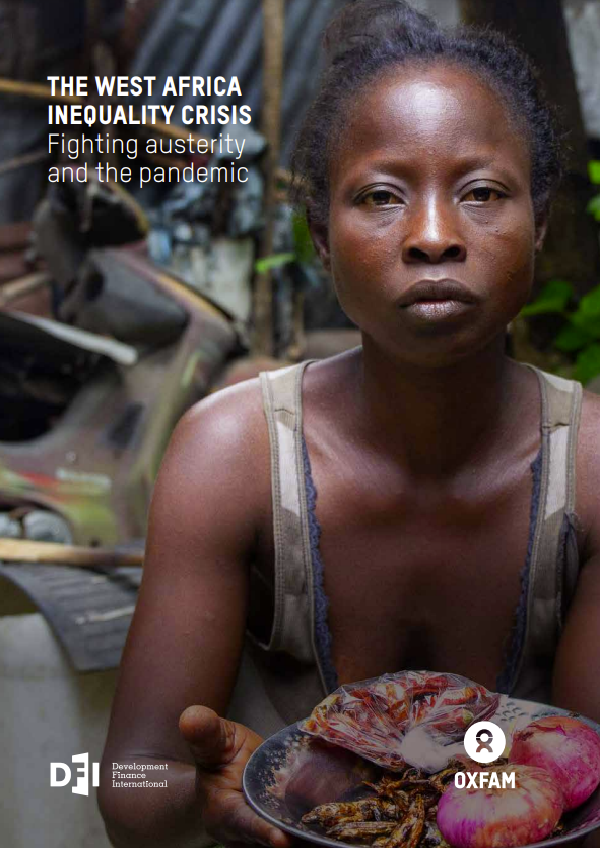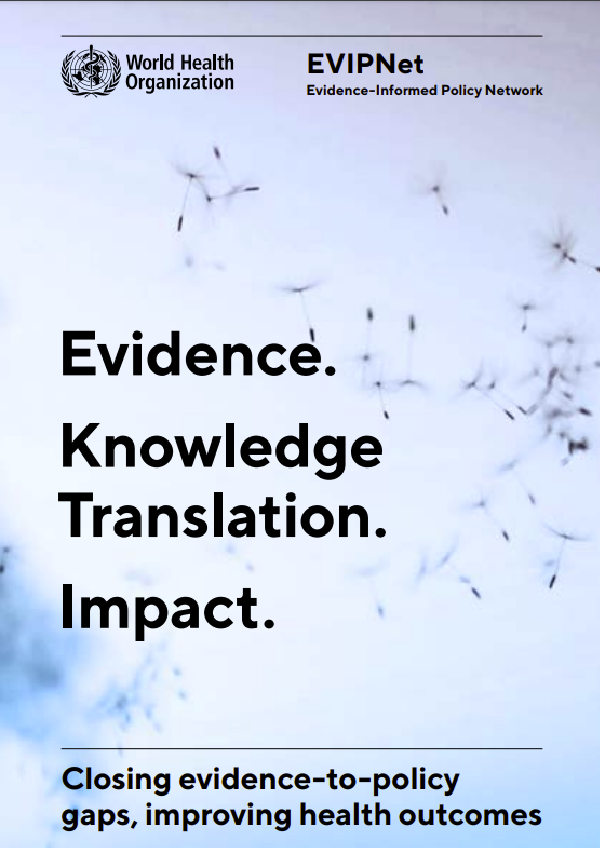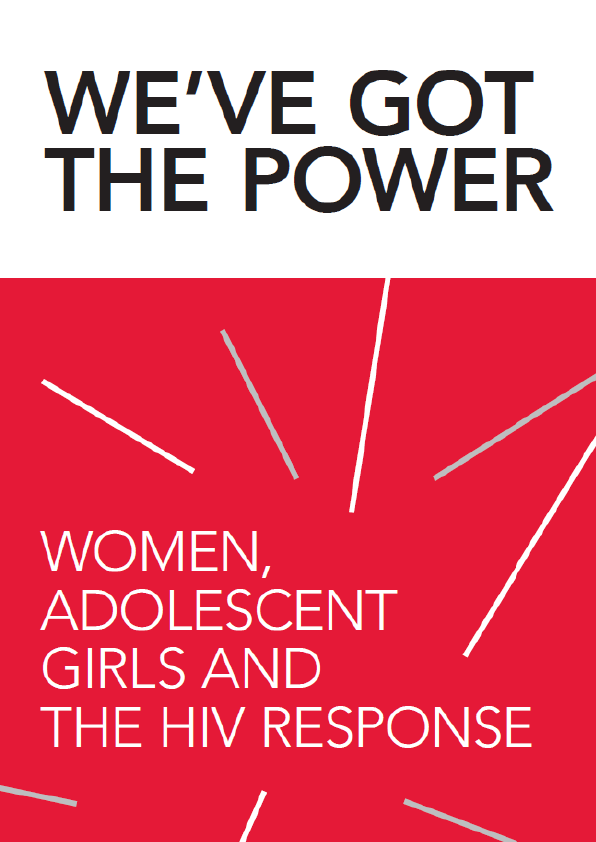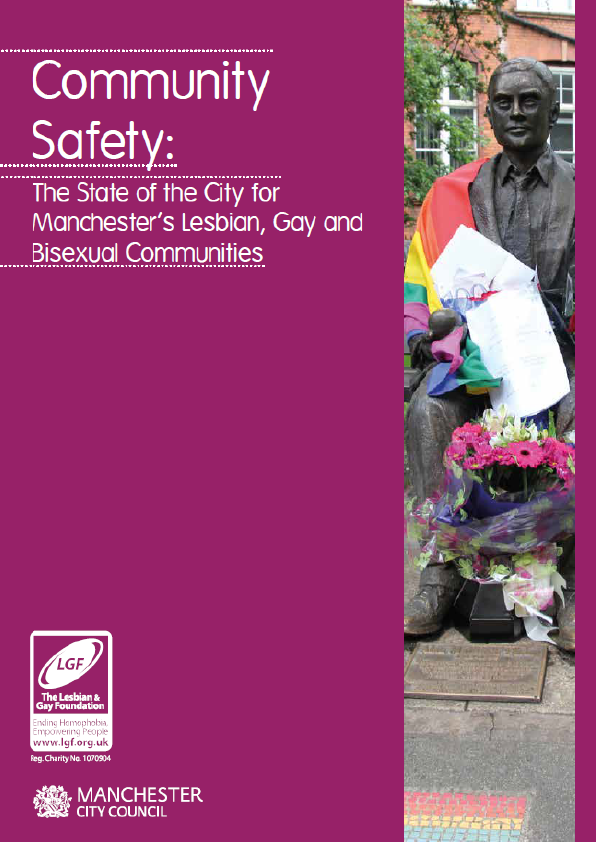oronavirus disease 2019 (COVID-19) is a contagious disease caused by a virus, the severe acute respiratory syndrome coronavirus 2 (SARS-CoV-2). The disease spread worldwide, leading to the COVID-19 pandemic. The Covid-19 pandemic has revealed and worsened the depth of inequality in West Africa. It has pushed millions into poverty. There is no end in sight due to the obscene global vaccine inequality, which means that less than 4% of West Africans had been fully vaccinated against Covid-19 as of September 2021, compared with 52% in the United States and 57% in the European Union.
In 2021, when Covid-19 infections are rising in West Africa, the critical support health and socioeconomic programs put in place by most governments in 2020 are being rolled back and replaced with austerity. Many governments are following advice from the IMF and World Bank, reminiscent of the severe cuts in spending imposed under the structural adjustment policies of the 1980s and 1990s.
However, as this paper argues, the pandemic offers West African governments a once-in-a-generation opportunity to invest heavily in inequality-busting policies by boosting public spending (especially on healthcare, education, and social protection), making tax systems more progressive, and tackling joblessness and precarious work.
This report uses the Commitment to Reducing Inequality Index (CRII) framework devised by Oxfam and Development Finance International to assess the policies of West African governments. Visit the CRI Index website to learn more: www.inequalityindex.org.
EXECUTIVE SUMMARY
In 2019, Oxfam warned that West Africa’s governments were the least committed to reducing inequality on the continent, despite crisis levels of inequality. In 2021, using the Commitment to Reducing Inequality Index (CRII) framework devised by Oxfam and Development Finance International (DFI), we have found that the average West African citizen still lives under a government least committed to fighting inequality in Africa.
The CRI considers public spending; progressive taxation; protection of workers; policies to support agriculture and land rights; and approaches to debt distress; and the role of international financial institutions (IFIs) like the International Monetary Fund (IMF) and World Bank.
While West African governments’ indifference towards inequality would be a tragedy at any time, it is more so during the COVID-19 pandemic, which is worsening inequality. On the face of it, West Africa has fared relatively well through the pandemic so far. While infections have been lower than elsewhere, it is increasingly becoming clear that the pandemic risks becoming the region’s worst economic crisis in decades, pushing millions into poverty. No end is in sight due to the obscene global vaccine inequality, meaning that less than 4% of West Africans have been fully vaccinated.
The immediate economic impact of the pandemic was staggering, with West Africa losing $48.7 bn in GDP and the loss of working hours corresponds to seven (7) million jobs in 2020 alone. The impact was widespread, with surveys from eight countries showing that more than 60% of citizens reported losing income or work due to COVID-19.5 The contact-intensive nature of the economic sub-sectors dominated by women means that lockdowns have worsened gender inequality.
Given limited fiscal space, the support programs enacted by most governments in the region in 2020 are being scaled back in 2021, and replaced with austerity at the exact time that COVID-19 infections are increasing in most countries. In 2021, 11 West African governments will slash their budgets by a combined $4.4bn. These cuts alone would be enough to buy and deliver vaccinations for 78% of West Africans.7 Oxfam’s review of IMF’s COVID-19 loans to 85 countries between March 1, 2020, and March 15 2021 showed that the Fund has encouraged 73 countries to pursue austerity policies during recovery, amongst them are 14 West African countries. Indeed, data for 2022–26 from 14 governments show plans to reduce public spending by $26.8bn compared to 2021. This would be enough for governments to provide full vaccination for West African citizens and provide one year of quality primary education for 71 million children.
For some of the worst-affected countries, the scale of austerity is daunting. For example, the cuts planned by the government of Sierra Leone in 2022–26 are equivalent to two-and-a-half times its current annual government health budget, while the cuts planned by Ghana, Cabo Verde, the Gambia, Guinea Bissau and Liberia all surpass a full year of government spending on education.11 Reducing public budgets on this scale will almost certainly raise inequality and derail any chance of meeting the Sustainable Development Goals by 2030.
Women and girls tend to be impacted more severely by austerity.12 According to UN Women, the COVID-19 pandemic underscores society’s reliance on women both on the frontline of fighting the pandemic and at home, while simultaneously exposing structural inequalities that penalize them in every sphere, such as health, the economy, security and social protection. In times of crisis, when resources are strained and institutional capacity is limited, women and girls face disproportionate impacts.
The danger of austerity is compounded by another effect of the pandemic: the rapid rise in debt. Even governments able to increase their budgets or keep them relatively stable could face social spending cuts because of having to spend increasing shares on servicing debt. Even before the pandemic, debt servicing was reaching astronomical levels in many West African countries, with governments spending on average almost five times as much on domestic and external debt services as on health. In 2020–21, debt servicing took an average of 61.7% of government revenues in West Africa. The debt suspension initiatives enacted by the G20 countries in that year have proven to be woefully inadequate.
The combination of budget cuts, rising debt and a slow recovery due to global vaccine inequity risks bringing the West Africa inequality crisis to new heights.











